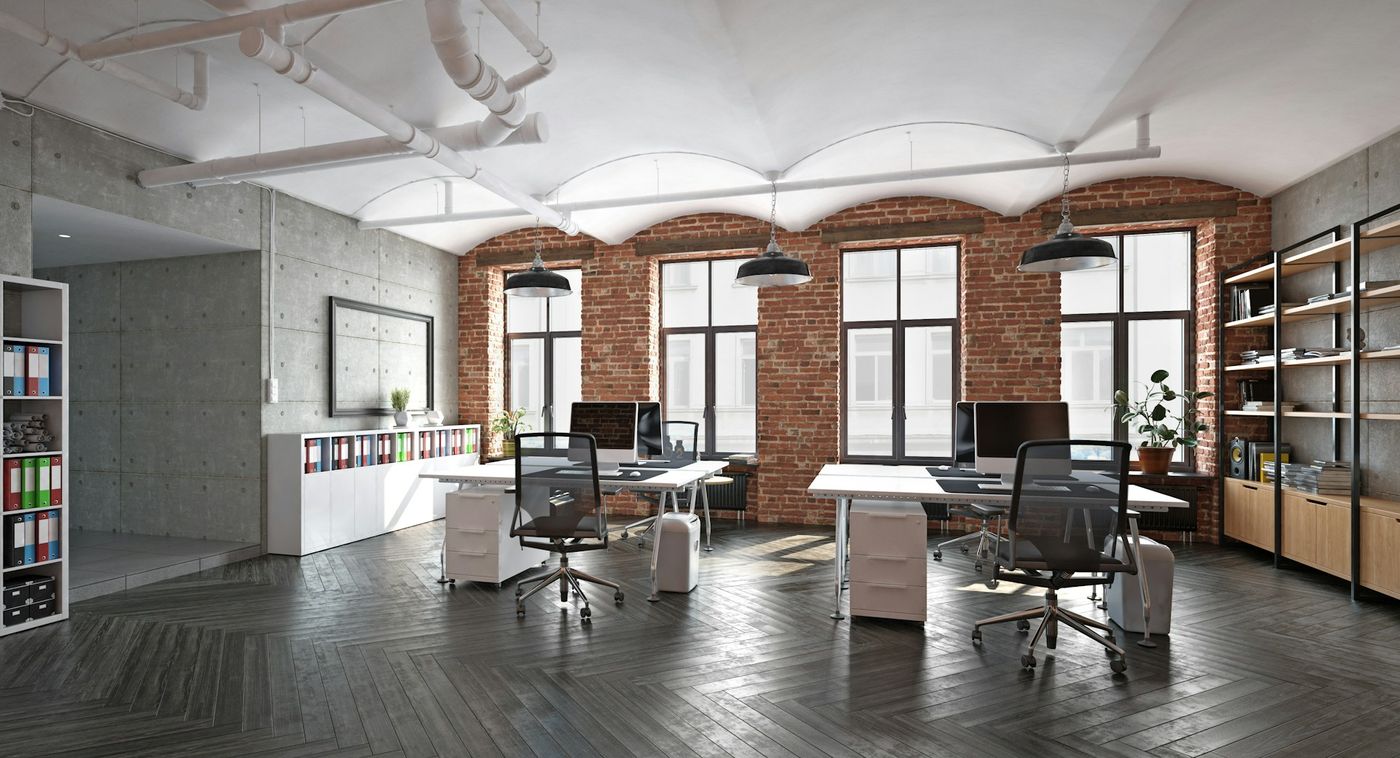Too much sunlight in an office can be both a blessing and a curse. While natural light enhances mood and productivity, excessive sun can create glare on screens and heat up the workspace, making it uncomfortable. Finding the right window shades is essential to balance these factors and create an enjoyable office environment.
Choosing the perfect shades helps control the amount of sunlight that enters the office, reducing glare and keeping the temperature down. The right shades not only improve lighting conditions but also add a touch of style to the workspace. They help create a productive atmosphere where staff can work efficiently without distractions from harsh light.
With different options available in materials and designs, selecting the ideal shades involves understanding the specific needs of your office. Whether it's blocking direct sunlight or diffusing light to reduce glare, there are shades available to match those needs. Let's delve into how to choose the best shades to enhance the comfort and functionality of a sun-filled office.

